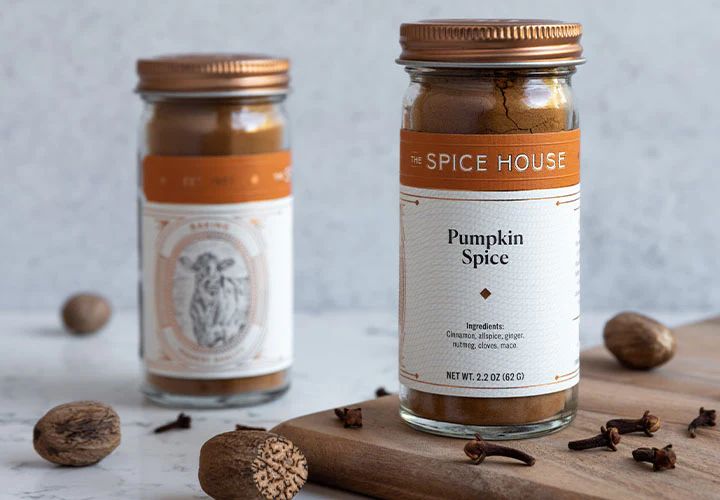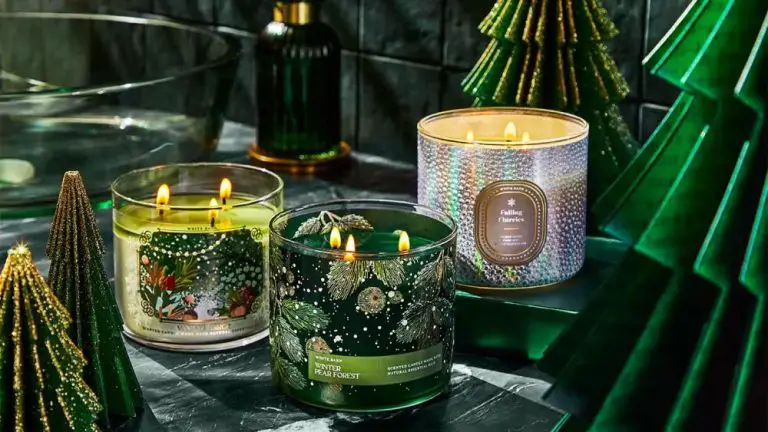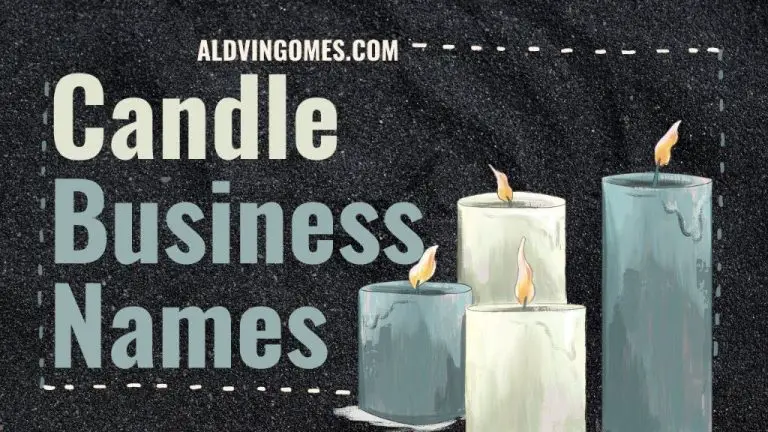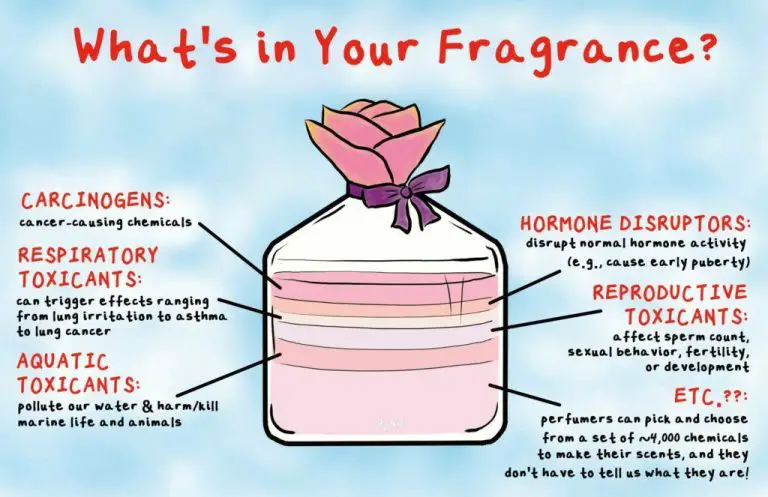Who Sells The Most Candles In The Us?
The candle industry in the United States has seen steady growth over the past decade, driven by several factors. Candles are used in homes, offices, spas, hotels, and other commercial settings for decorative, aromatherapy, lighting, and ritual purposes. Millennials in particular have helped boost demand for scented and artisanal candles. The top domestic candle manufacturers include Yankee Candle, Bath & Body Works, S.C. Johnson (Glade), and Chesapeake Bay Candle. Imports have also gained significant market share, coming mainly from Europe and Asia.
Total retail sales of candles in the U.S. reached an estimated $3.14 billion in 2018. Sales dipped in 2020 due to the COVID-19 pandemic closing many retail stores, but ecommerce helped offset some of the decline. Industry analysts project a return to steady growth, with sales expected to top $4 billion by 2025. The candle market is fragmented with Yankee Candle holding the largest share at an estimated 35% of the total market. Going forward, manufacturers will focus on innovative fragrances, customization, and sustainable materials to attract consumers.
Top Candle Brands
The largest and most established candle brands in the United States include longtime market leaders like Yankee Candle, Bath & Body Works, and Chesapeake Bay Candle.
Yankee Candle is often considered the original and quintessential American candle brand. Founded in Massachusetts in 1969, Yankee Candle offers a wide selection of candle fragrances in various sizes and designs. The brand is known for its signature fragrance blends and innovative candle forms like tarts and votives. Yankee Candle has a strong retail presence across malls and shopping centers in the U.S.
Bath & Body Works, owned by retail giant L Brands, has grown over the past few decades to become one of the country’s largest candle retailers. The brand offers an extensive range of scented candles with fresh and floral fragrance blends. Bath & Body Works leverages its popular body care and home fragrance stores located in malls nationwide to sell a high-volume of candles direct-to-consumer.
Chesapeake Bay Candle is another leading candle brand carried by major retailers. Their candles feature natural soy wax blends and creative fragrances like beachwood, afternoon drizzle, and water lily. Chesapeake Bay Candle has a significant wholesale presence, with products stocked at prominent stores like Kohl’s, QVC, and Bed Bath & Beyond.
Candle Sales by Retail Channel
Candles are sold through a variety of retail channels in the US. The largest retail channel for candle sales is big box stores like Walmart, Target, and Costco. These mass merchandisers account for around 35-40% of all candle sales due to their wide reach, variety of affordable private label candle brands, and one-stop shopping convenience. Specialty home decor stores like Bed Bath & Beyond, Crate and Barrel, and At Home are another major retail channel with 25-30% of candle sales. These retailers focus heavily on home fragrance products and offer an upscale in-store shopping experience. Department stores like Macy’s and specialty retailers like Yankee Candle also have a sizable share at 15-20%.
Online sales make up around 15% of the market, led by Amazon, manufacturer websites, and specialty e-commerce sites. Direct-to-consumer sales from brands are a fast growing channel at 10-15% market share, as more brands build their ecommerce presence and use social media for direct outreach. Small boutiques, gift shops, hardware stores, and other independents make up the remainder of retail candle sales.
Consumer Preferences
When it comes to choosing candles, consumers have a variety of preferences based on fragrance, style, purpose, and other factors. Understanding consumer candle preferences provides insight into what drives this market.
In terms of fragrance, consumers tend to prefer candles with natural, familiar scents like vanilla, pumpkin spice, clean cotton, and fresh linen. More complex fragrances like mahogany teakwood and frosted cranberry have also grown in popularity. Consumers often choose candles that evoke a seasonal mood or complement their home decor.
Votives and containers remain the most popular candle styles, appealing to those looking for an ambient glow or functional lighting. Pillar candles and large single wicks are preferred for focal points and tablescapes. Novelty shapes and sizes have emerged for holidays and gifting occasions. Soy and vegetable wax candles are favored by eco-conscious consumers.
Usage also impacts preferences. Relaxation-focused consumers may opt for candles with soothing scents, while those wanting an energy boost tend to choose bright, crisp fragrances. Candles play a role in rituals and self-care routines for many buyers as well.
In summary, factors like scent, style, purpose, ingredients, and trends shape consumer preferences and demand in the candle market.
Seasonal Candle Sales
The candle industry sees significant spikes in sales around major holidays and seasons. Christmas is by far the biggest season for candle sales. During the last few months of the year, especially November and December, candle sales skyrocket as people purchase candles as gifts or holiday decorations.
Other holidays like Valentine’s Day, Mother’s Day, and Father’s Day also see upticks in candle purchases as popular gifts. Seasonal candles in scents like pumpkin and pine are hot sellers in the fall, while floral and fruit scents peak in spring and summer.
Retailers and candle brands prepare for the holiday shopping seasons by stocking seasonal scents and gift sets. Marketing and promotions also focus heavily on seasonal offers and limited edition holiday launches to capture the peak sales periods.
Pricing Trends
The candle industry has seen dynamic pricing trends in recent years. On average, candle prices have steadily increased due to rising costs of wax, fragrances, packaging and transportation. However, there is a wide range of price points to suit different consumer budgets.
Premium candles tend to range from $20 to $40 or more. These are characterized by high-quality ingredients, unique and sophisticated scents, and stylish packaging. Leading premium brands like Nest, Voluspa and Diptyque command prices at the higher end of this spectrum. Luxury boutique candles can sell for $50 to well over $100.
There is also a thriving mass-market for budget-friendly candles priced between $5 to $15. Major big-box retailers like Bath & Body Works and Walmart offer their own candle lines at lower price points, catering to price-conscious shoppers. Private label store brands also compete on value pricing.
In between the premium and budget segments is the mid-priced candle market. Brands like Yankee Candle, Paddywax and WoodWick drive sales in the $15 to $25 range. This targets mainstream consumers looking for an elevated candle experience without the luxury price tag.
Regardless of pricing segment, scented candles remain an affordable luxury and indulgence for most American households. Whether high-end, mid-range or budget, there are quality options at candle prices to meet all budgets.
Growth Drivers
The candle industry has experienced steady growth over the past decade for several reasons. First, consumer demand for home fragrance products has risen as people spend more time at home. Scented candles are an affordable way to make indoor spaces smell fresh and inviting. The growth in home decorating trends and DIY projects has also fueled candle purchases.
In addition, interest in self-care, aromatherapy, and wellness has grown. Many consumers now see candles as a way to relax, destress, and create a soothing environment. Scented candles have become a popular self-care item. Gift-giving is another key driver, as candles make popular presents for birthdays, holidays, hostess gifts, and more. Candles are an accessible luxury that fit a range of budgets.
Retail expansion has also contributed to industry growth. Candle specialty stores, department store offerings, e-commerce, and even big box stores have all expanded the retail presence of candles. Consumers have more access points and exposure to candle products as a result. Social media has also helped promote candle brands and trends. Overall, the candle industry is poised for continued steady growth in the years ahead as consumer interest and retail options expand.
Future Outlook
The candle industry is projected to see steady growth over the next several years. Here are some key predictions for the future of the candle market:
Market Size – The global candle market is expected to reach $13.2 billion by 2025, up from $11.6 billion in 2020. Growth will be driven by increased demand in the Asia Pacific region and continued popularity in North America and Europe.
Key Players – Yankee Candle, Bath & Body Works, and S.C. Johnson & Son are likely to remain the top candle brands in the US. Private label brands from major retailers like Target and Walmart will also gain share as consumers look for more affordable options.
Trends – Scented and scented-infused candles will continue to dominate the market. Custom/personalized and novelty candles are expected to see faster growth as millennials drive new trends. Sustainability and clean-burning formulas will be emphasized by major brands.
In summary, the candle industry looks bright despite potential economic downturns. Leading manufacturers are innovating with new styles, scents, and price points to capture growth across diverse consumer segments.
Challenges
The candle industry faces some key challenges that can affect sales and profitability for major players. Some of the main challenges include:
Competition – The candle market is highly competitive with a mix of large manufacturers, private label brands, and small artisanal candle makers. Brands have to work hard to differentiate themselves and build loyalty among consumers who have many options to choose from.
Raw material costs – Wax, fragrance oils, wicks and glass are the main inputs for making candles. Fluctuating costs of these raw materials can squeeze profit margins for manufacturers if they are unable to pass along price increases to retailers and consumers.
Consumer preferences – Consumer tastes are constantly shifting when it comes to preferred scents, styles, colors and shapes of candles. Brands need to stay on top of trends and adjust their product offerings to align with changing preferences.
Seasonality – Candle sales tend to be highly seasonal, with peak demand during the winter holiday period. Managing inventory and production capacity during seasonal spikes while sustaining sales during slower periods is challenging.
E-commerce competition – The growth of e-commerce has enabled smaller niche candle brands to access the market. Large established brands face increasing competition from digital native companies selling direct-to-consumer.
Top Brand Rankings
When looking across the entire candle industry in the United States, a few brands stand out as the top sellers based on market share and sales revenue. Here is a ranking of the top candle brands in America:
- Yankee Candle – This Massachusetts based company has been making candles since 1969. They are considered the market leader in branded candles with a share estimated at nearly 50% of the retail candle market. Yankee Candle offers a wide selection of candle scents and styles along with other home fragrance products.
- Bath & Body Works – Owned by L Brands, Bath & Body Works has grown to over 1,700 retail locations. Their signature fragrance candles are top sellers, capturing about 20% of the retail candle market. Their focus on lifestyle fragrances and body care helps differentiate them.
- Village Candles – A subsidiary of La-Tee-Da Inc. and major manufacturer of private label candles, Village Candles has about 5% market share. They produce candles for major retailers under their store brand names.
- Other Notable Brands – Rounding out the top candle sellers in America are brands like Chesapeake Bay Candle, Colonial Candle, Luminara, and WoodWick Candle. Each captures between 1-3% of retail candle sales.
The combined sales of Yankee Candle and Bath & Body Works candles account for around 70% of the total retail candle market in the U.S. Their focus on branding, scent innovation and retail distribution has allowed both companies to achieve market leadership positions in this growing industry.




